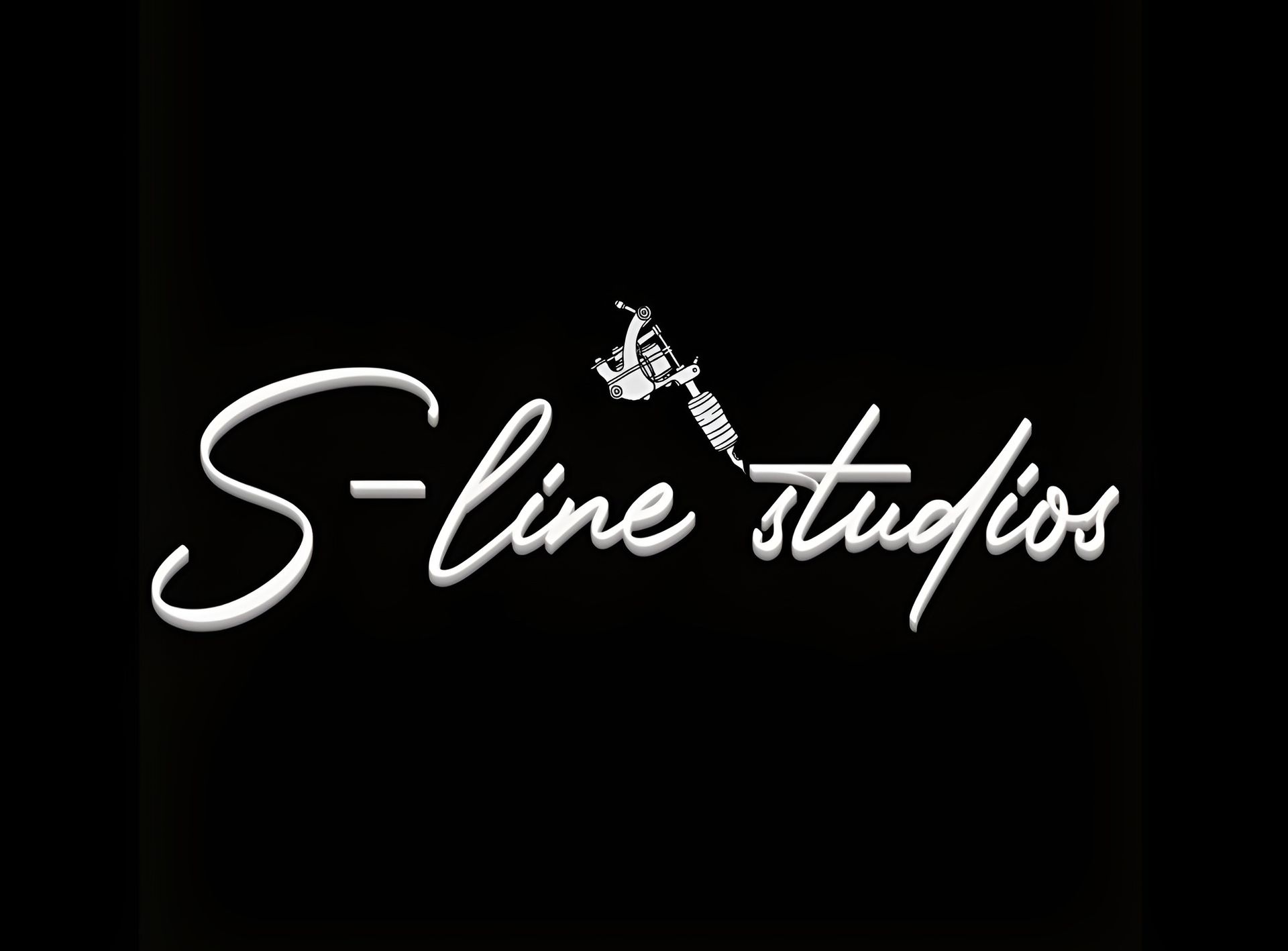PIERCING AFTERCARE
PIERCING AFTERCARE
General Aftercare Instructions
- Wash your hands before touching your piercing. Dirty hands can introduce bacteria and cause infections.
- Clean your piercing twice a day using a saline solution (pre-made sterile saline or a homemade mix of ¼ teaspoon non-iodized sea salt in 1 cup of warm distilled water).
- Gently soak or rinse the area for 5-10 minutes using a sterile gauze or clean cotton pad soaked in saline.
- Avoid rotating or moving your jewelry unnecessarily—this can cause irritation and prolong healing.
- Pat dry with a clean, disposable paper towel. Avoid using cloth towels, as they can harbor bacteria.
- Stick to your aftercare routine—even if your piercing seems healed on the outside, internal healing can take longer.
What to Avoid
- Do not touch or twist your jewelry unnecessarily. This can introduce bacteria and cause irritation.
- Avoid harsh cleaners like alcohol, hydrogen peroxide, or antibacterial ointments—these can delay healing.
- No swimming in pools, hot tubs, lakes, or the ocean for at least 4 weeks. Bacteria in the water can cause infections.
- Avoid sleeping on your piercing. Use a travel pillow or soft support to reduce pressure on ear or facial piercings.
- No makeup, lotions, or perfumes near the piercing area. These products can cause irritation or clog the wound.
- Do not remove or change your jewelry too soon. Wait until your piercing is fully healed or consult your piercer.
Healing Times (Approximate)
- Earlobe Piercing: 6-8 weeks
- Cartilage (Helix, Conch, Tragus, etc.): 4-12 months
- Nostril: 4-6 months
- Septum: 6-8 weeks
- Lip / Labret / Monroe: 6-8 weeks
- Tongue: 4-8 weeks
- Eyebrow: 6-8 weeks
- Nipple: 6-12 months
- Navel: 6-12 months
- Genital Piercings: 4 weeks - 6 months (varies)
Healing times vary based on individual health, lifestyle, and piercing location.
Signs of a Healing Piercing
- Redness, swelling, and slight discomfort are normal during the initial healing period.
- Some clear or white discharge (not pus) is normal.
- The area may feel itchy as it heals.
Warning Signs of Infection
- Severe pain, redness, and swelling that worsens over time.
- Thick yellow or green pus with a foul odor.
- Persistent warmth or tenderness around the piercing site.
- Fever or chills (seek medical attention immediately).
If you experience these symptoms, contact your piercer or a healthcare professional.
Jewelry & Long-Term Care
- Always wear high-quality jewelry made from implant-grade titanium, surgical steel, solid gold, or niobium to prevent reactions.
- If you need to change your jewelry, visit a professional piercer to avoid complications.
- Keep your piercing clean even after it’s healed. Occasional salt soaks can help maintain a healthy piercing.
Still Have Questions?
If you have any concerns about your piercing, feel free to contact us!
53 Godwin court, Swindon Oldtown Sn14bb
07902955327
s-line-studios@outlook.com
Your piercing is an investment—treat it with care! We appreciate your trust in us and look forward to seeing you again.
 Rating
Rating
BOOK AN APPOINTMENT
Thank you for contacting us.
We will get back to you as soon as possible.
We will get back to you as soon as possible.
Oops, there was an error sending your message.
Please try again later.
Please try again later.
Please get in touch using the form below and we will get back to you as soon as possible.
For the quickest response, please click the Whatsapp button.

QUICK LINKS
Business Hours
- Mon - Fri
- -
- Sat - Sun
- -
QUICK LINKS
Business Hours
- Mon - Fri
- -
- Sat - Sun
- -
TREZEINK
© 2025
All Rights Reserved | Ink Marketing Tattoo Studio Marketing Specialists
